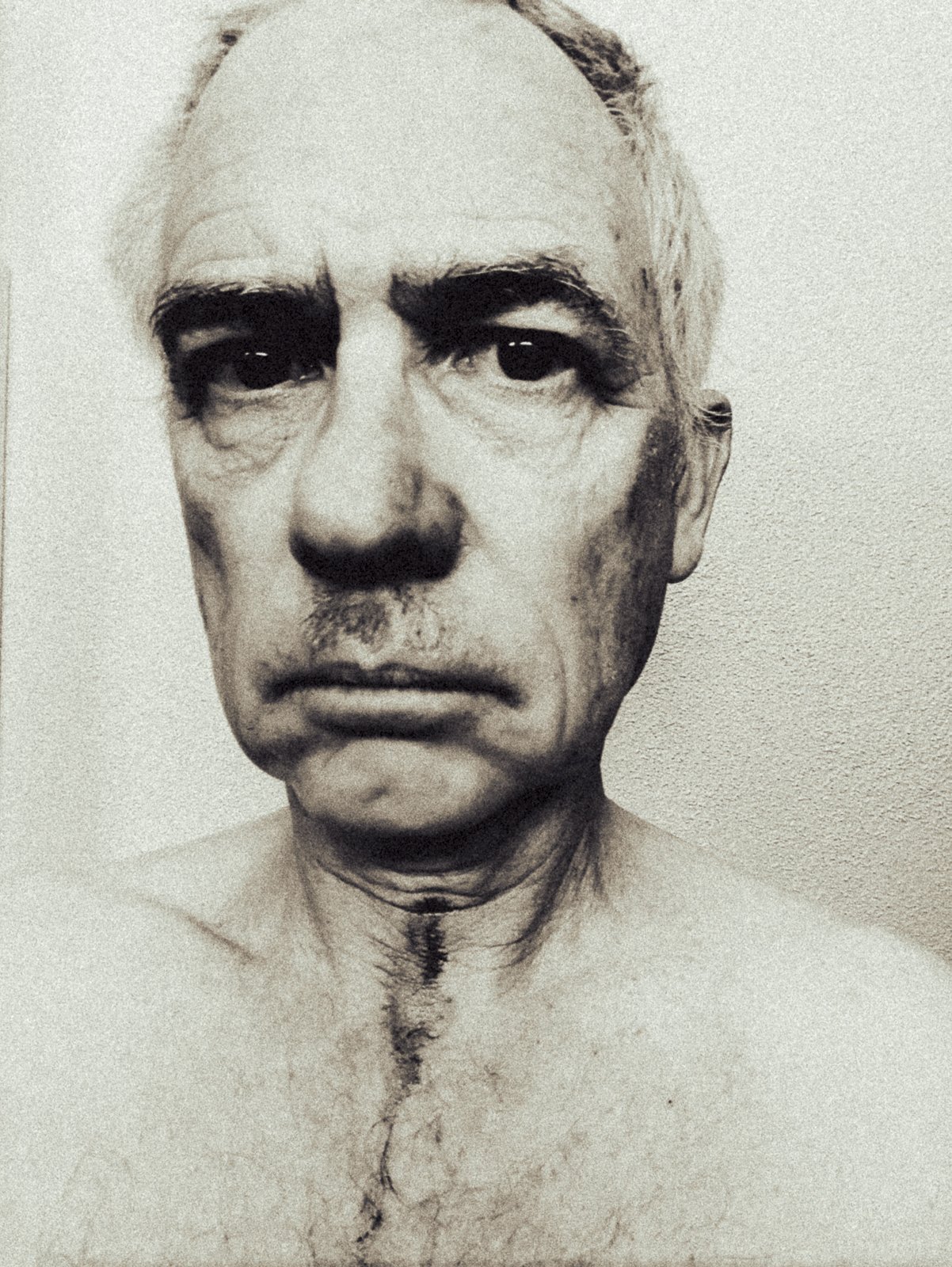Me, in the Image. / Todtnauberg, 1:1
:Todtnauberg.
The series. The place. The hut. The words that never came.
(July ’49 — Celan meets Heidegger. A poem remains. A sentence is missing.)
I come from there. Or from nearby. So: not innocent.
The forest Heidegger gazed upon — I breathed it.
Not by choice. By origin.
The photo: not a pose.
But a stance. An attitude — in the flesh.
The gaze? — not a gaze, a counter-gaze.
(No, I’m not looking at you. I’m going through you. Until you look away.)
The image is rough, grainy. Like History under the nails.
Like shame, enlarged.
I put myself in the image —
not to be seen. But not to flee.
The place demands it.
The shadow of Todtnauberg: it’s not the weather.
Whoever can — let them look. Whoever cannot — let them turn away.
But one thing remains:
There is someone standing. And he remains standing.

